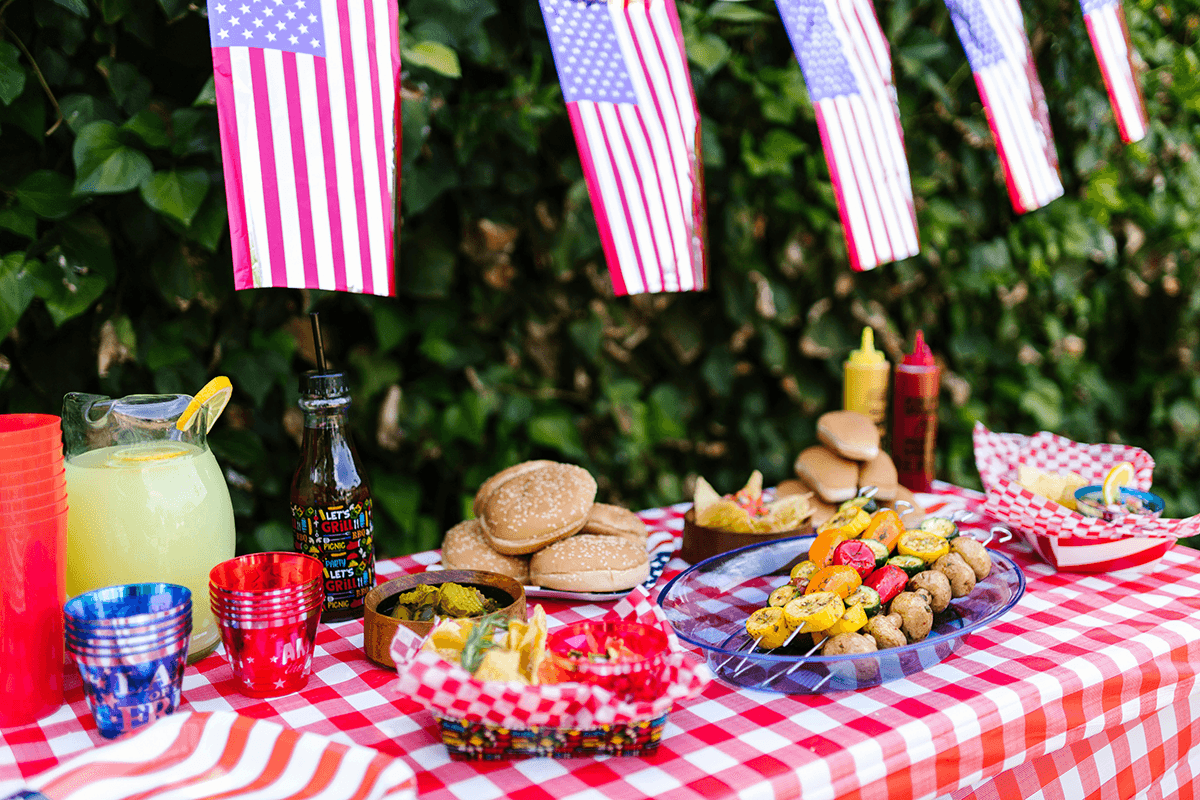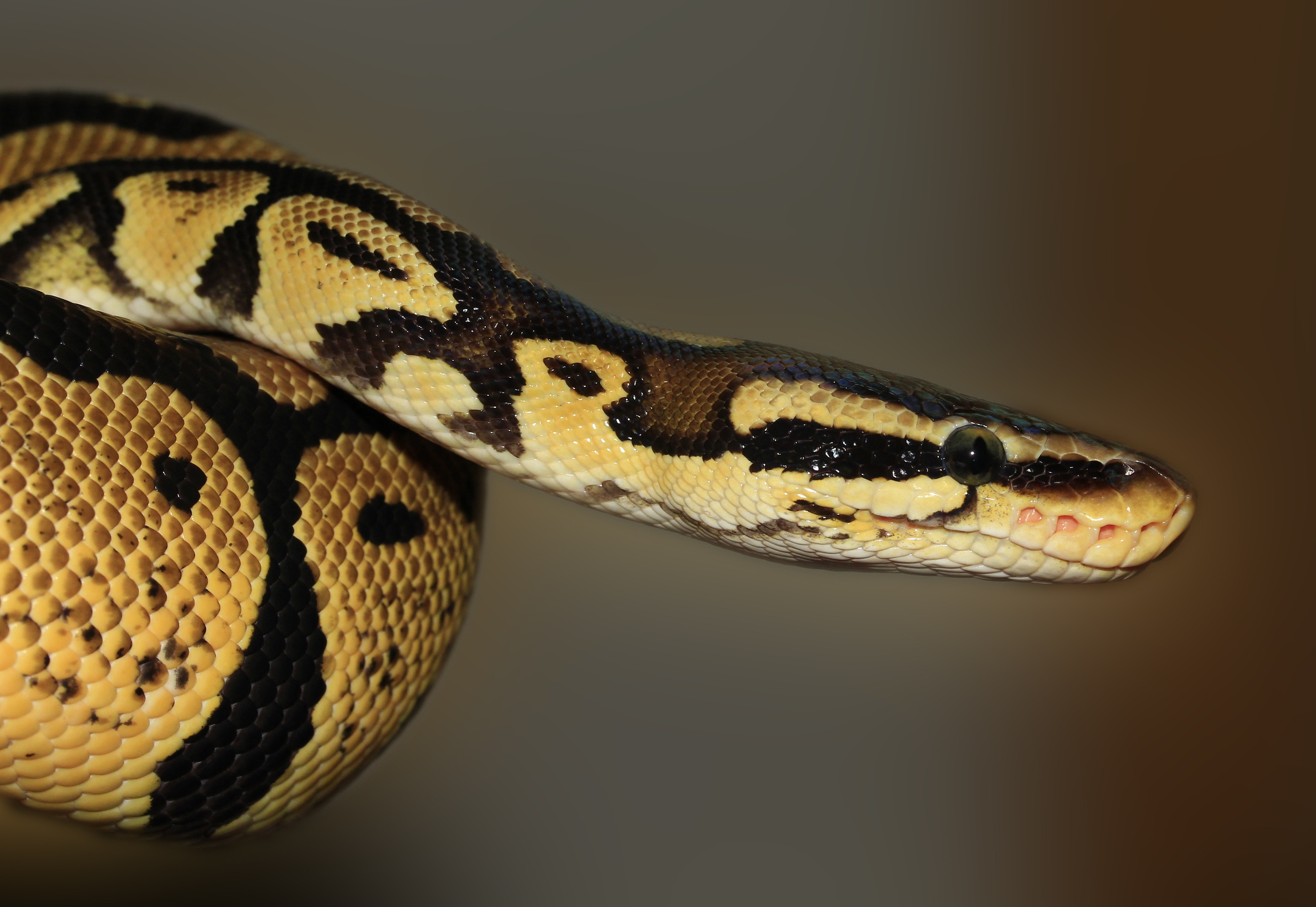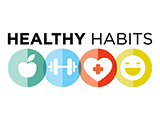Summer food safety guide to mayonnaise and other backyard barbecue classics

A staple in summer backyard classics, mayonnaise can be found on hot dogs, in potato salad or even on corn. Dr. Luis Rustveld, registered dietitian and assistant professor of family and community medicine, wants to make sure your family follows good food safety practices to prevent family barbecues from going bad.
“Mayonnaise is an emulsified thick, creamy condiment that usually comprises of oil, egg yolks, acid and seasonings,” Rustveld said. “There is a plethora of combinations used to make mayo, and it’s important to be aware of what goes into the sauce.”
Food safety should always be considered when cooking with or eating mayonnaise. Once mayonnaise is opened, it is exposed to air, introducing potential bacteria and microorganisms. Utensils used to scoop mayonnaise also can introduce bacteria from other foods or surfaces. Refrigeration slows down the growth of any bacteria or mold that may have been introduced, preserving freshness and safety.
Commercial mayonnaise on the store shelf is produced and packaged in a sterile environment, free from harmful bacteria and microorganisms, which is why it can be made in mass quantities and be ready to eat for a while. Ingredients like vinegar and lemon juice create an acidic environment that also helps inhibit bacterial growth. The sealed container prevents contamination and maintains the product’s stability and safety at room temperature.
If your mayonnaise stays in environments that are between 40 F (4 C) and 140 F (60 C) for too long, often referred to as the “danger zone,” rapid bacterial growth will occur and cause foodborne illness. Perishable foods, including those with mayonnaise, should not be left out for more than two hours or one hour if the temperature is above 90 F (32 C). Other condiments like ketchup, mustard and relish are generally safe to leave out at room temperature for longer periods than mayonnaise-based dishes. However, for optimal quality and safety, it’s still a good practice to keep them cool and handle them with clean utensils.
Eating too much mayonnaise can have several downsides due to its nutritional composition, high caloric content and lack of a significant source of vitamins or minerals. Eating it excessively might replace more nutrient-dense foods in your diet, potentially leading to nutrient deficiencies. Mayonnaise is calorie-dense, with about 90-100 calories per tablespoon, primarily from fat. While mayonnaise contains healthy fats, it can also contain saturated fats, and some commercial varieties may have trans fats. High intake of these fats can raise LDL (bad) cholesterol levels, increasing the risk of heart disease. Finally, commercial mayonnaise often contains added salt. Consuming too much sodium can contribute to high blood pressure and other cardiovascular problems.
If your doctor recommends staying away from mayonnaise or if someone attending your next barbecue is trying to avoid fat-rich food like mayonnaise, several alternatives that can still result in delicious food. Greek yogurt is lower in fat and calories than mayonnaise and provides protein, calcium and probiotics. It can be used or substituted as a base for creamy dressings, dips or sandwich spreads. Avocado is rich in heart-healthy fats, vitamins and minerals and can be used in the same way. Hummus is made from chickpeas, which are high in protein, fiber and various vitamins and minerals and is great as a spread or a dip for vegetables or chips. Mustard is low in calories, provides flavor without added fat and comes in different varieties like Dijon, whole grain or spicy. Mustard can be used as a condiment for sandwiches, salads or even in marinades. Tahini is a paste made from sesame seeds, offering healthy fats, protein and minerals like calcium and iron. Mix tahini with lemon juice, garlic and herbs for a creamy sauce or dressing.
“Mayo is a delicious ingredient that’s best enjoyed in moderation. By following proper food safety procedures and being mindful of your mayo intake, there should be no issue with including mayonnaise in your summer dishes,” Rustveld said.
Of course, mayonnaise-based foods will not be the only thing served this summer, so it’s always a good idea to know food safety tips for other types of food. Cold foods, like lunch meats and raw vegetables, should be kept at or below 40 F (4 C) and hot foods should be kept at or above 140 F (60 C).
Meat
Keep meat in a cooler with ice packs until ready to cook. Raw and cooked proteins need to be kept separate to avoid cross-contamination, and separate utensils and plates should be used for raw and cooked meats should be used. Do not leave proteins out in the sun for more than two hours.
Meat thermometers will ensure your burgers or chicken are cooked to the correct internal temperature:
- Poultry: 165 F (74 C)
Ground meats: 160 F (71 C)
Steaks, chops, roasts: 145 F (63 C) with a three-minute rest time
Fish: 145 F (63 C)
Meat prepared under these temperatures run the risk of causing foodborne illness.
Vegetables
Raw vegetables are typically safer than proteins but should still be kept cool in a cooler or on ice to maintain freshness and prevent bacterial growth. Cooked vegetables should be kept at or above 140 F (60 C) and should not be left out in the sun for more than two hours. Salads that contain perishable ingredients like mayonnaise or cheese should be treated like proteins and kept at or below 40 F (4 C).
Desserts
Items like cheesecakes, cream pies or anything with dairy should be stored in a cooler or served immediately, and leftovers should be refrigerated promptly. Non-perishable desserts like baked goods without dairy-based fillings can generally be left out longer but should still be protected from direct sunlight and heat to maintain quality.
“Avoid causing illness by eliminating cross contamination, ensuring raw foods are handled with a different set of utensils than cooked foods,” Rustveld said.
By Aaron Nieto



